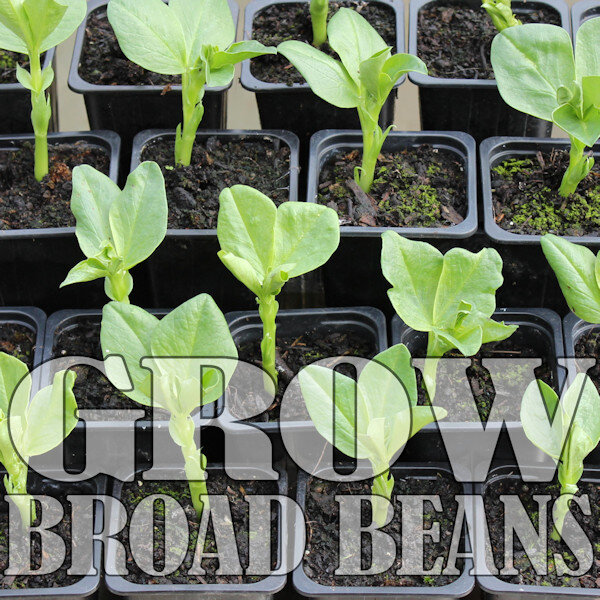
The allotment in May
With seeds to sow, planting out to do and some early harvests to enjoy, the allotment in May is a busy place. The soil will be warming up which means that growth will be accelerating. Unfortunately that means weeds as well as crops, so keep the hoe to hand and use it often. Remember to water your seed beds and newly transplanted crops regularly, especially in dry spells.
For much of the country the last frost date is in May so keep an eye on the weather forecast and be prepared to protect less hardy crops if necessary. Protect potato foliage by earthing up.
I find it easier to keep vulnerable plants in my unheated greenhouse or conservatory until outside conditions suit them, moving them outside in the day time to harden off when conditions allow. This is a bit of a chore but worth the effort to ensure you have strong plants when it’s time to plant out.
With all those jobs to do at the allotment in May it's fortunate that we have two bank holidays to help us along. World naked gardening day is the first Saturday in the month too if you’re feeling brave. Let's hope the weather is good!
Ready to harvest from the allotment in May
Early sowings of radish, lettuce and beetroot should be ready to harvest. By the end of the month early varieties of broad beans sown in the autumn may be ready.
May is the beginning of the Asparagus season but remember you shouldn’t harvest until your plants are in their third year.
Sow indoors in May
Courgettes, cucumbers, summer squashes and winter squashes can be sown in the allotment in May. A warm, sunny window sill will be adequate but germination will be quicker in a heated propagator. Sweetcorn can be started in the same way.
Remember to remove seedlings from the propagator as soon as they have germinated and place in a warm sunny spot. Harden off by moving them outside in the daytime once they are well established. They should be ready to plant out in the allotment in June.
The greenhouse in May
Tomatoes, indoor cucumber, chillies and peppers can be moved into the greenhouse in May. They are not frost hardy but will tolerate temperatures of about 10C. Check your local weather forecast for night time temperatures before you move your plants.
Water your plants regularly, don’t permit them to completely dry out but don’t overwater them. Use a liquid feed in accordance with the pack instructions. There is no benefit in feeding in excess of this.
Remember to open your greenhouse in the morning. This stops temperatures getting too high, permits ventilation and allows pollinators in. Close the greenhouse before sunset to retain some heat.
Stake the plants as they grow. Cordon tomatoes will need their side shoots cut out regularly.
Runner beans, French beans, peas and late varieties of broad bean can be sown in the greenhouse. Once germinated they should be put outside on sunny days to avoid excessive heat and to harden off. All will do equally well in a cold frame and can be sown direct in the allotment in May too. I prefer to start my beans and peas at home as it’s easier to protect them from mice, birds and slugs.
Sow and plant outside in May
Continue with successional sowings of root vegetables like beetroot, carrots, turnips and spring onions in the allotment in May. You can also sow swede and parsnip this month, these do not need to be sown in succession as they keep well in the ground for much of the winter.
Calabrese, cauliflower and summer cabbage sown under cover earlier in the year can be planted in the allotment now. I wait until the plants have four to six leaves and are quite sturdy before doing this. Continue to sow for successional crops over a long period.
Winter brassicas like savoy, purple sprouting broccoli and kale can also be started in the allotment in May. They can be started in modules in the greenhouse or cold frame if you prefer but remember not to let them get too hot or dry out.
It is worth considering protecting your brassicas with netting. This will keep them safe from pigeons and protect against cabbage white butterfly caterpillar infestation.
Protect brassicas against birds and butterflies
Brassicas are a favourite food for pigeons. You could try a scarecrow to deter them, but netting is likely to be more effective!
Make regular sowings of salad leaves and lettuce. Sow every ten days or so for a continuous crop.
Plant out broad beans and peas that you have started in pots earlier in the year as the become established. Similarly, root vegetables like beetroot and celeriac can be planted out. Remember to water well when transplanting and as the young plants settle in.
Runner beans and French beans started last month may be ready to be planted in the allotment towards the end of May but be sure that all risk of frost is passed. If in doubt, delay until next month.
There’s still time to plant seed potatoes in the allotment in May.




